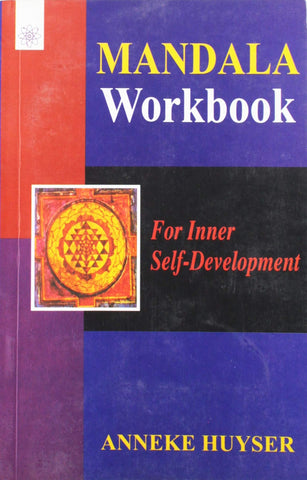Your cart is empty now.
An eminent anthropologist examines the findings of the first celibate Buddhist monasteries among the Sherpas of Nepal in the early twentieth century--a religious development that was a major departure from "folk" or "popular" Buddhism. Sherry Ortner is the first to integrate social scientific and historical modes of analysis in a study of the Sherpa monasteries and one of the very few to attempt such an account for Buddhist monasteries anywhere. Combining ethnographic and oral historical methods, she scrutinizes the interplay of political and cultural factors in the events culminating in the findings. Her work constitutes a major advance both in our knowledge of Sherpa Buddhism and in the integration of anthropological and historical modes of analysis. At the theoretical level, the book contributes to an emerging theory of "practice", an explanation of the relationship between human intentions and actions on the one hand, and the structures of society and culture that emerge from and feed back upon those intentions and actions on the other. It will appeal not only to the increasing number of anthropologists working on similar problems but also to historians anxious to discover what anthropology has to offer to historical analysis. In addition, it will be essential reading for those interested in Nepal, Tibet, the Sherpa, or Buddhism in general.
About the Author
Sherry B. Ortner is Professor of Anthropology at the University of Michigan, Ann Arbor. She is the author of Sherpas Through Their Rituals (Cambridge) and editor, with Harriet Whitehead of Sexual Meanings: The Cultural Construction of Gender and Sexuality (Cambridge). She has recently been awarded a prestigious John D. and Catherine T. MacArthur Fellowship.
This was a hymn sung by the poet Appar somewhere in the 7th century A.D. on the entempled form of Siva as the Lord of Tiruvarur. The mood expressed in this verse is one of reverence prompted by the antiquity and sacerdotal character of the site. This ancient town often described as the land fragrant with the perfume of the blue lotus was regarded by these saint poets as one of the favorite haunts of the Tamilian Siva. It was the birthplace of the Tamil Bhakti movement. It was here that the saint Cuntarar with great humility offered his salutations to a long list of sixty two saints before him in a moving hymn called the Tiruttontattokai or the list of holy men of devoted service. By hailing the Saiva collective of worshippers as one body he canonized them. From then on the number sixty three including the hymnist Cuntarar becomes the fixed number of Tamil Saiva Bhakti saints in the canonical literature. It is believed that this hymn was composed by Cuntarar in the Tevaciriya mantapam at Tiruvarur.
Tiruvarur was the locus Sanctus of the Saiva Magnum opus the Periya Puranam a 12th century A.D. work describing the lives of the sixty three saints collectively called the nayanmar. The anthology of the works of three of these saints is called the Tevaram. These are often referred to with reverence as the Tamil Vedam. To the north Indian devotee of the God Siva however the place meant nothing then and it means nothing now.
The centre of pilgrimage in Tiruvarur is the Tyagaraja temple named after the processional icon. Tyagaraja is a Trinitarian concept. It includes Siva, his wife Parvati and one of their sons Skanda and is a composite image known in iconographic texts as the Somaskanda. Though bearing a chaste Sanskrit name, the icon is a uniquely Tamil concept and Somaskandas are not found in the north Indian Siva temples. However this icon is a ritual imperative in all 'Tamil Siva temples.
Just an outline of the facts stated above reveals the importance of Tiruvarur in forging a religion-cultural identity of the ancient Tamil speaking peoples. To the theistic Tamil nationalists of the19th and 20th centuries, the sacred scriptures of the Saiva canon, on which they based their Siddhanta faith, also provided the ideology of cultural nationalism. They regarded Saiva Siddhanta as specially suited to and a product of the Tamil genius. Typical of this group would be J.M. Nallaswami Pillai. There was another stronger movement of Tamil cultural nationalism led by a group calling itself the Tiravita Kalakam, (D.K. for short in English after the spelling Dravida Kalakam adopted by them) which was formed in 1944. They expressed views diametrically opposite to those of Nallaswami Pillai. Their leader E.V. Ramasvami Naicker symbolically threw the Periya Puranam and other works venerated as the Tamil Vedam into a huge bonfire along with the Ramayana. He alleged that these works were racist and cattiest. The ’north’, ’south’ polarity had assumed in their minds both a linguistic and a racial connotation.
It was as a young girl from up north in Rajasthan, on a school vacation while visiting my grandparents in Tiruvarur, that I first witnessed both the pride in the town as a centre of Tamil culture and the iconoclastic bonfire. Many symbols, I was told, were being consumed by the fire. Tamil culture was being cleansed of all alien import. The term ’alien’ included specific concepts of "Aryan", "Sanskritic" and "Brahmana". The last mentioned category of people were regarded as the repositories of the two earlier categories?
It was a desire to understand a few of the many symbols associated with Tamil consciousness, specially those which reach deep into Tamil history and religion, that prompted this study of a regional cult of Tamilnadu, which is uniquely Tamil and yet highly syncretistic.
The subject lent itself to study from three distinct angles: as am experiment in religious synthesis as a bridge over zones of social tension and a legitimiser of political power during different stages of its historical development with varying degrees of success.
The Tyagaraja mythology rich and variegated in its texture focuses attention on several socio religious confrontations. It records albeit in the indirect language of myths the subtle means by which such situations wee handled. The cult also acts as a powerful tool for legitimization of power at different times.
It was extremely interesting to trace the development of the Tyagaraja cult from this perspective first under the Pallavas (mid 6th late 9th Cen A.D.) then under the early colas (mid 9th mid 12th ) to be followed by the later colas (in the latter half of the 12th to early 13th Cen A.D.) when the empire was in dire distress and desperate for legitimacy. The dates given above are rough political periods and in the case of the Tyagaraja cult it does not make a definite impact till the 7th - 8th centuries A.D. It was reinvigorated as a royal cult in the 17th century A.D. Under the Maratha rulers of Thanjavur. One thing to bear in mind is that while these angles of the cult are distinctly visible to a modern while these angles this cult from the outside to the insider to the believer the lines mush have been extremely hazy if at all they did exist the insider would have in all probability perceived it in a holistic manner.
Thus even though this is basically a micro study of Tamil Saiva beliefs and norms as expressed through the unfolding of a cult over a period of thirteen centuries of recorded history it nevertheless encapsulates to a great extent the intricacies paradoxes and conundrums of the Tamil cultural ethos.
What is Cult?
The word cult has acquired considerable notoriety in recent years in the wake of several macabre sub cultural group activities claiming to be directed by cult leaders. Several studies emphasize the anti social, anti familial, anti intellectual aspects of their belief and the secret society mode of their operation.
This work uses the term cult not quite in the modern sociological sense but in the more archaic sense of the word as derived from the latin cultus hence it defines it broadly as a special aspect of religion organized through common myths, symbols and functionaries, rites, festivals and dance. These commonalities are then woven together to produce a body of ideas and practices resulting in the formation of a group espousing a specific form of the divine. It acquires other specificities depending on the cultural milieu within which it operates.
When one is studying the historical evolution of a cult one is aware that it is not a static body of belief systems, as the above definition would seem to imply. When faced with new challenges there took place a maieutic development from within the cult leading to changes in the relationships between the components of the cult. A classic example is the many vicissitudes through which the medieval Rama cult of Ayodhya has gone through within the Hindu context posing, as it does today, a threat to the secular Indian constitution. It has involved enormous adjustments of rites, rituals, personnel, music and dance and worked on several new strategies of recruitment, while invoking some of the more ancient symbols which have deep resonances in the Hindu mind.
In the ancient context the introduction of a newrite, such as the chariot festival, brought enormous pooling of manpower and resources and greater cross caste support for the cult. It also posed the challenge of accommodating disaggregated groups of people coming from various ethnic stocks and disparate levels of cultural expectations. In the context of Hindu theories of caste and pollution the situation called for ideological shifts. The resultant dichotomies between what Turner labels "communitas" and "structure"3 or the desire to belong to an undivided human society versus the neat, orderly, structural divisions of a functioning society were very pronounced in Hindu cults. A study of the modalities of adjustment leads to a better understanding of the teleological matrix.
Regional Cults and Hindu Tradition
Regional cults are a characteristic feature of Hinduism and over the centuries several cults have evolved all over India. The inherent belief underlying these specific centers of worship is that" holy acts when performed in certain spots acquire special sanctity". The deity manifests itself to the devotees in a particular form, at a particular spot for a specific purpose. It is then pinned to the spot in the minds of the believers and that becomes its permanent abode.4 The deity may choose to have other abodes and other forms as well, but inhered in that particular form it is deeply rooted to the soil where it was originally believed to have been ’seen’, where the hierophany took place. This egocentricity in no way detracted for the believer the transcendental nature of godhead for the nirguna Brahman (the attribute less godhead) belonged to a totally different plane of religious experience.
The worship of Minaksi — Cuntarécuvara of Madurai, Jagannatha of Puri, Vitthaldev of Pandharpur, Venkatesvara Balaji of Tirupati and Tyagaraja of Tiruvarur are a few of the many examples of regional cults in India. A cult in the Hindu tradition primarily evolves around three factors, viz. talam (Skt. sthala) meaning sacred space, tirtham or sacred waters and murti or icon.
The icon, once enshrined, belongs to that temple and to that territory even if the physical structure of the shrine is destroyed. Even if the icon is forced to take refuge elsewhere in times of danger, it still retains its territorial affiliation. Two classic examples that spring to mind are those of the Vitthaldev of Pandharpur and Somesvara of Somnathpur. The former was secretly moved from place to place to protect it from Muslim iconoclasts and was once even held to ransom by petty thieves. Nonetheless, Vitthaldev remains the Lord of Pandharpur. The Somnathpur temple was repeatedly razed to the ground by invaders but it in no way detracted its claim to the lordship of Somnathpur. Another instance is that of Bangaru Karnaksi, now at Thanjavur but originally the lady of Kanci and the tutelary deity of the famous music composer Syama Sastri.
It is to such a genre of regional cults that the Tyagaraja or sapta vitarika as it is often called, belongs. It is what Werbner would calla middle range" cult. He defines it as "more far-reaching than any parochial cult of the little community yet less inclusive in its belief and membership form a world religion in its most universal form their focal centers he exemplifies are shrines in towns and villages where people come from various communities to pray sacrifice or simply as an act of pilgrimage. They are cults which have a religious topography of their own conceptually defined by the peoples themselves and marked apart from other features of cultural landscape. Cultic sites form the focal points for pilgrimages.
Hindu pilgrim sites are normally classified into tirthas and pithas. A tirtha literally means a crossing place or a ford and hence, the waters thereof. The ritual of ablution or the holy dip as it is popularly called, plays an important part. The tirtha of Tiruvarur is the venerated pond called Kamalalaya. The term pitha has special connotations in Tantric terminology. The word means a seat; and to the Tantrics it means the seat of the goddess, the female aspect forming an important focal point of their worship. The pitha is associated with several mythological motifs and is regarded as a mystical spot representing several abstruse philosophical doctrines. Thus, on one hand, it has close connection with the mythology of the dismemberment of Sati’s body. On the other, it is connected to the metaphysics of the Sanskrit sound system and syllabary, whereby a metaphysical truth is posited in a seed syllable. Pithus are associated with calligrams and homologisation processes by which the Tantric envisages the site as a mystical organ in the macrocosmic body of Devi and/ or of her microcosmic adept, the initiated devotee. Most pilgrim sites have imbibed, to a greater or lesser degree, features from the Tantric tradition. Suffice it to say at this point that there are two pilgrimage traditions, a northern and a southern. Some of these regional pilgrim centers have acquired at different times a decidedly pan-Indian status, attracting pilgrims from all over the country.
Turner traces several tensions in regional cults. He treats the munder categories arising from what he calls "exclusiveness vs. inclusiveness", "egalitarianism vs. non-egalitarianism", "generic vs. particularistic relationships" and "pe1•ipherality vs. central-ity". While Turner’s paradigm of analysis has been used in the present study it has had to be modified to make it relevant in the Hindu, Tamil context. Thus for example, caste as a factor in the social structural dimension becomes important given the intimate connection between Hinduism and the caste system. Temples as custodians of Vedic-Agamic traditions are upholders of the neatly organized and hierarchic system of caste and at the same time as vehicles of the charismatic bhakti movement are also means of channeling the spirit of "communitas". Temple cults are thus called upon to uphold the modality of structure with its emphasis on order and often hierarchy and are expected to accommodate the spontaneity and egalitarianism of the saintly brotherhood of devotees a fraternity which wishes to transcend all limitations imposed by the structure. Such dichotomies are marked in the Tamil cultic tradition in the manner in which the lives and the personalities of the saints themselves are portrayed.
Delivery and Shipping Policy
- INTERNATIONAL SHIPPING
- Rs.1000-1100/kg
- ESTD. Delivery Time: 2-3 weeks (depending on location)
- Bubble Wrapped with Extra Padding
- NATIONAL SHIPPING
- NCR: Rs. 30/half kg
- Standard: Rs. 80/half kg
- Express shipments also available on Request
- ESTD. Delivery Time: Ranging from 1-4 days up to 7 business days (Depending on your choice of Delivery)
- TRACKING
- All orders; national or international, will be provided with a Tracking ID to check the status of their respective orders
- Depending on the Shipping Service, Tracking ID may be used on their respective tracking portals
Frequently Asked Questions (FAQs)
Domestic Shipping: 3-4 Days (after shipping)
International Shipping: 1-2 weeks (based on your location)
You will receive an email once your order has been shipped or you can email us if you didn't receive tracking details (info@mlbd.co.in)
Every book that we sell is the latest edition except all the rare books
Yes, we do provide free shipping, only on domestic orders (within India) above Rs.1500











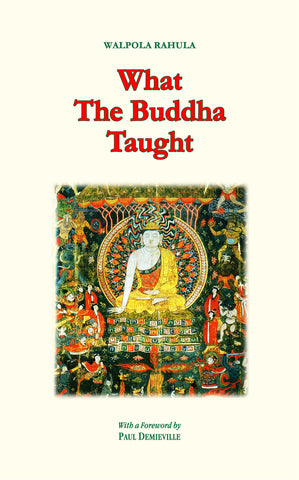
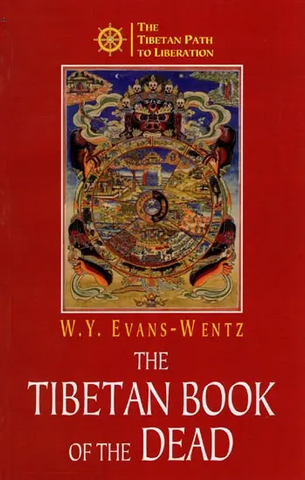
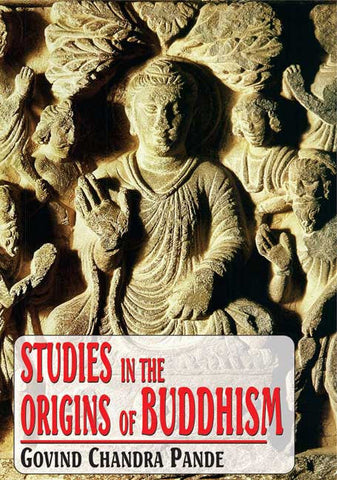
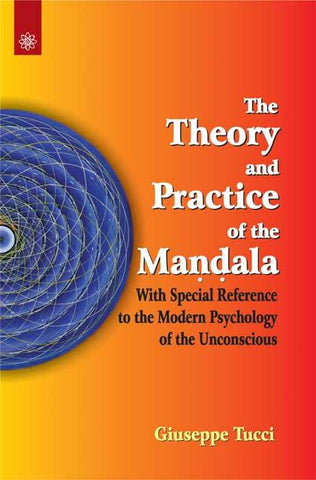
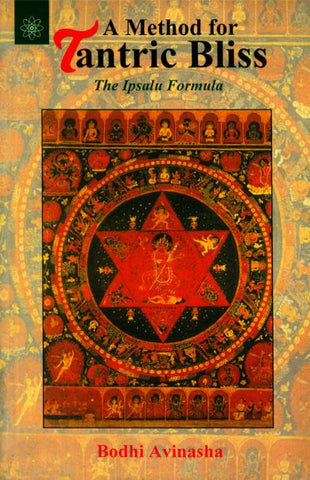
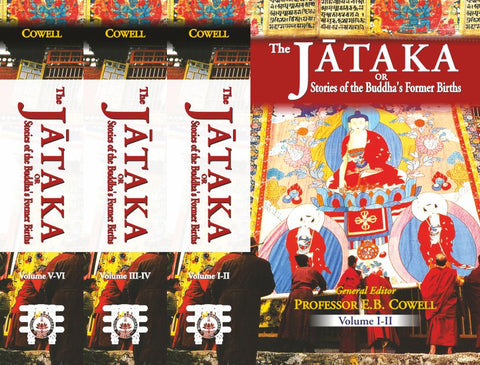
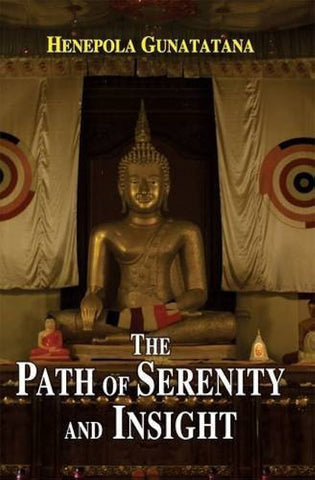
![The Rishukyo [Buddhica Britannica Vol.3]: The Sino-Japanese Tantric Prajnaparamita in 150 Verses (Amoghavajra's Version)](http://www.motilalbanarsidass.com/cdn/shop/products/RISHUKYO_large.jpg?v=1675417651)
